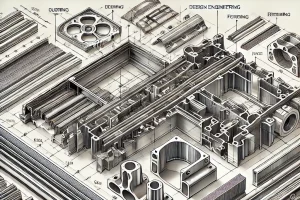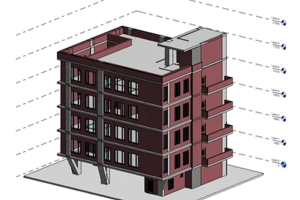
Blog Details

Harnessing AI and IoT for Predictive Maintenance in Solar PV Systems
The Importance of Predictive Maintenance in Solar Power Systems
How AI and IoT Transform Predictive Maintenance in Solar
- IoT Sensors: The Backbone of Data Collection
- Solar Panels: Temperature and irradiance sensors monitor the panel’s performance and detect shading issues or dirt accumulation.
- Inverters: These devices monitor the operational status and efficiency of power conversion.
- Batteries: Sensors track charging and discharging cycles to optimize storage capabilities and prevent overcharging.
- AI for Predictive Analytics
- Anomaly Detection: AI models can identify abnormal patterns or sudden drops in performance, which may signal issues like faulty components, underperformance, or environmental interference.
- Failure Prediction: AI models can predict failures based on historical data, usage patterns, and environmental factors, allowing solar operators to perform maintenance before the failure occurs.
- Optimization: AI algorithms can optimize the maintenance schedule by identifying the optimal time for servicing equipment, reducing downtime, and improving system reliability.
AI for Predictive Analytics
Benefits of AI and IoT-Enabled Predictive Maintenance
The integration of AI and IoT in solar predictive maintenance brings several benefits:
- Cost Savings: Predictive maintenance minimizes unexpected repair costs by identifying issues early and scheduling timely interventions, thus avoiding costly emergency repairs or system replacements.
- Extended Equipment Lifespan: By predicting and addressing maintenance needs before they become critical, the lifespan of solar panels, batteries, and other components can be extended, offering better return on investment.
- Increased Efficiency: With optimized maintenance schedules and reduced downtime, solar systems operate at peak efficiency, ensuring consistent energy production and minimizing performance losses.
- Improved Safety: Predictive maintenance reduces the risk of major failures, fires, and other safety hazards associated with malfunctioning solar systems, making it safer for both operators and the environment.
- Scalability: The AI and IoT systems can scale easily across multiple solar farms or installations, making it an ideal solution for companies managing large portfolios of solar assets.
Challenges and Considerations
While AI and IoT-enabled predictive maintenance offer tremendous potential, there are still challenges to overcome:
- Data Management: Managing and processing the large volumes of data generated by IoT sensors can be overwhelming. It requires sophisticated systems for data storage, processing, and security.
- Initial Investment: Implementing AI and IoT systems can involve substantial upfront costs, including sensor installation and AI software development. However, the long-term savings from reduced downtime and maintenance costs usually outweigh these initial investments.
- Integration with Existing Infrastructure: Many solar installations may still rely on legacy systems that are not designed to integrate seamlessly with modern IoT or AI technologies. Upgrading or replacing old equipment can be a time-consuming and expensive process.
The Future of Predictive Maintenance in Solar
Conclusion
AI and IoT are transforming the way solar energy systems are managed and maintained. By integrating these technologies into solar installations, operators can reduce costs, increase system efficiency, and prevent downtime through predictive maintenance. The evolution of these technologies will continue to drive innovation in the solar industry, paving the way for smarter, more sustainable energy solutions. The question is no longer whether to adopt predictive maintenance technologies, but rather when and how to implement them to stay ahead of the curve.
References:
- https://pmc.ncbi.nlm.nih.gov/articles/PMC11722890/
- https://nano-ntp.com/index.php/nano/article/download/4028/3055/7630
- https://www.researchgate.net/publication/325185925_Anomaly_Detection_and_Predictive_Maintenance_for_photovoltaic_Systems
- https://www.researchgate.net/publication/351813534_AI_and_IOT-Based_Model_for_Photovoltaic_Power_Generation
- https://onlinelibrary.wiley.com/doi/10.1002/solr.202400473
Recent Posts




Categories
Have a project in mind?
Schedule a Call
Just One Call Away – Let’s Talk Solutions!
Call Us +91 7338189979
